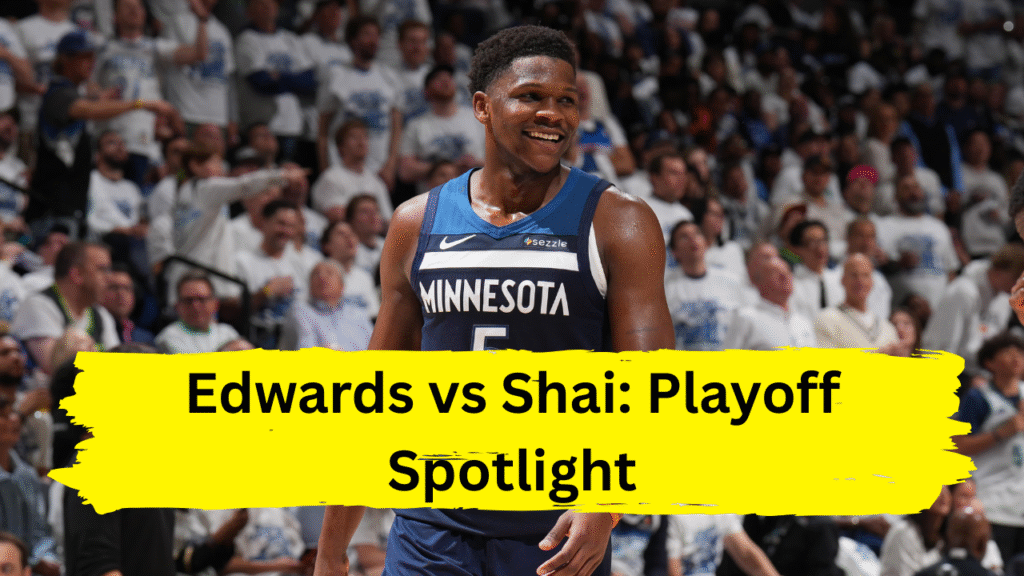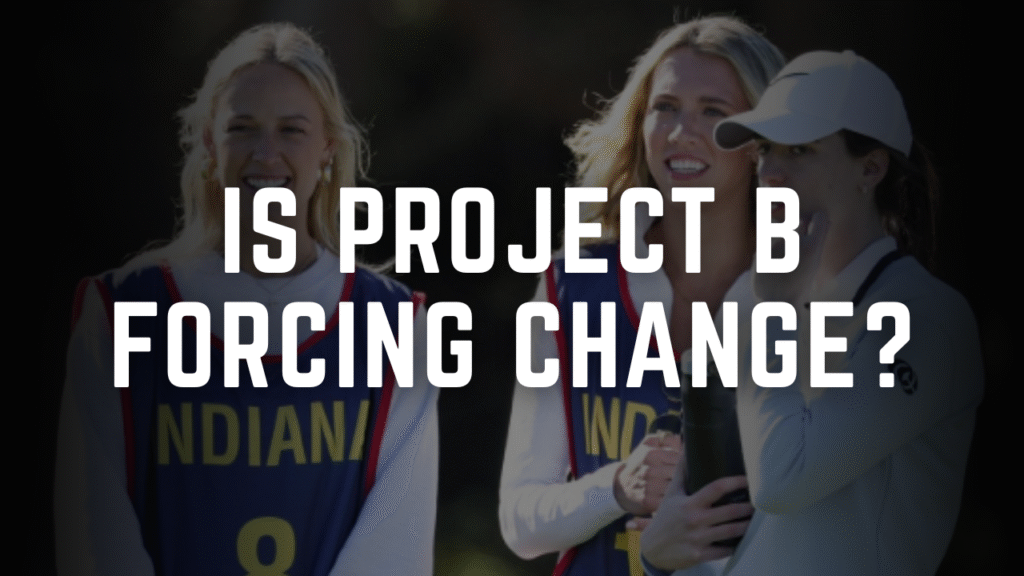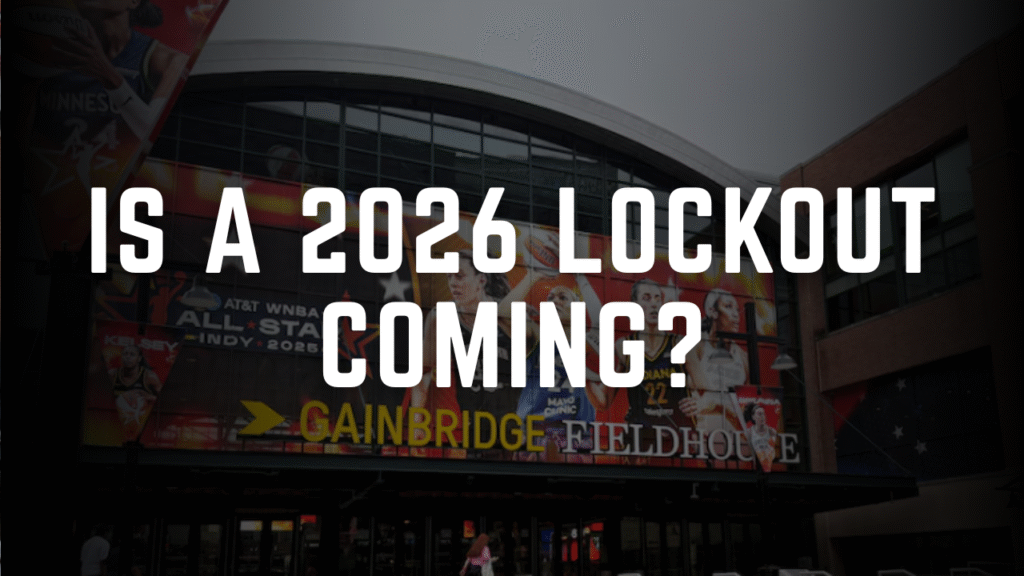In the high-stakes theater of the NBA playoffs, narratives shift as swiftly as momentum. The Western Conference finals between the Minnesota Timberwolves and Oklahoma City Thunder have become a stage for two generational talents: Anthony Edwards, the electrifying 23-year-old phenom, and Shai Gilgeous-Alexander (SGA), the newly crowned MVP. Through three games, their contrasting performances have redefined the series—and sparked debates about which star is shaping its destiny.
The Rise of Anthony Edwards: A Force of Will
Anthony Edwards entered Game 3 with the weight of Minnesota’s season on his shoulders. After a sluggish start in Games 1 and 2, where he shot 4-of-17 from three-point range and struggled to contain SGA, Edwards faced a defining moment. His response? A masterclass in dominance.
In Game 3, Edwards erupted for 30 points, nine rebounds, and six assists—in just three quarters—while shooting a scorching 70.6% from the field and 62.5% from deep . His first-quarter explosion set the tone: he outscored the entire Thunder roster 16-14, draining stepback threes and attacking the rim with ferocity . This wasn’t just a scoring spree; it was leadership in its purest form. Edwards’ energy galvanized teammates like Julius Randle, who rebounded from a benched Game 2 to drop 24 points, and rookie Terrence Shannon Jr., who erupted for 15 points in 13 minutes off the bench .
Edwards’ impact transcended stats. His defensive intensity—chasing down blocks, stripping SGA in transition, and igniting fast breaks—turned the Thunder’s top-ranked defense into a sieve. Minnesota’s 143 points set a franchise playoff record, a staggering feat against a team that allowed just 107 points per game in the regular season .
Shai Gilgeous-Alexander: MVP Meets Resistance
For SGA, the playoffs had been a coronation. Averaging 29.8 points per game entering Game 3, he’d outdueled Edwards in the series’ first two contests, leveraging his signature drives and league-leading free-throw attempts to dominate . But in Minnesota, the script flipped.
The Thunder’s MVP was held to a playoff-low 14 points on 4-of-13 shooting, with four turnovers and just four free-throw attempts—a stark drop from his 14.5 average in Games 1 and 2 . The Timberwolves’ defensive adjustments were merciless: they deployed zone schemes, denied driving lanes, and avoided reckless fouls that had plagued them earlier. Chants of “Free-throw merchant!” echoed through Target Center as SGA’s rhythm evaporated .
Gilgeous-Alexander’s struggles weren’t just physical; they were psychological. Minnesota’s physicality disrupted Oklahoma City’s flow, forcing nine first-half turnovers that fueled a 72-41 halftime lead . “We were cleaner around him,” Wolves coach Chris Finch noted, emphasizing disciplined closeouts and Rudy Gobert’s rim protection .
Leadership Styles: Swagger vs. Stoicism
The contrast in leadership between Edwards and SGA has defined the series’ emotional arc. Edwards radiates joy and defiance—diving for loose balls, hyping teammates, and playfully taunting opponents. After Game 2, he bypassed media scrums to rally the Wolves privately, urging Randle to “shake it off” and rediscover his aggression . His authenticity resonates; teammates describe him as a “positive voice” even in defeat .
SGA, meanwhile, embodies calm under pressure. Despite Game 3’s humiliation, he dissected the loss with analytical precision: “Turnovers early. They were more physical early. And they made shots, we missed shots” . His poise has anchored the Thunder’s 68-win season, but Saturday’s rout exposed vulnerabilities. Can he recalibrate Oklahoma City’s identity without surrendering to frustration?
The Defensive Chess Match
Minnesota’s defensive strategy has been the series’ unsung hero. By neutralizing SGA’s free-throw opportunities and forcing role players like Jalen Williams (7 points in Game 3) into oblivion, the Wolves exposed Oklahoma City’s reliance on isolation brilliance . Meanwhile, Edwards’ two-way dominance—hounding SGA on one end, orchestrating offense on the other—has redefined his ceiling.
The Thunder, conversely, unraveled under defensive pressure. Their top-ranked unit surrendered open threes and transition dunks, while their bench was outscored 66-49 by Minnesota’s reserves . Coach Mark Daigneault admitted, “Their force was better than our physicality” .
The Narrative Shifts—But For How Long?
While Edwards’ Game 3 heroics revived Minnesota’s hopes, the series remains tilted in Oklahoma City’s favor. History looms: no team has overcome a 40-point playoff loss to win a title, and the Thunder’s regular-season pedigree suggests resilience . Yet Edwards’ emergence as a two-way force—now 15th all-time in playoff 30-point games before age 24, trailing only LeBron James and Kobe Bryant—hints at a legacy in the making .
For SGA, the challenge is reclaiming control. His ability to adapt—whether by attacking Minnesota’s zone or elevating teammates—will determine if Oklahoma City’s MVP can silence the doubters. As Edwards pragmatically noted, “We’re still down. It’s just one win” .
Conclusion: A Clash of Eras
This series isn’t merely a battle between two stars—it’s a collision of timelines. Edwards, with his audacious dunks and unshakable swagger, represents the NBA’s future. SGA, the polished MVP, embodies its present. Their duel transcends stats; it’s about resilience, adaptability, and the weight of expectation.
As Game 4 looms, the question isn’t just who will dominate the narrative—it’s who will redefine it. For Edwards, the answer lies in sustaining his volcanic energy. For SGA, it’s about proving that even MVPs can evolve under fire. In this clash of titans, the playoffs have found their defining rivalry.


